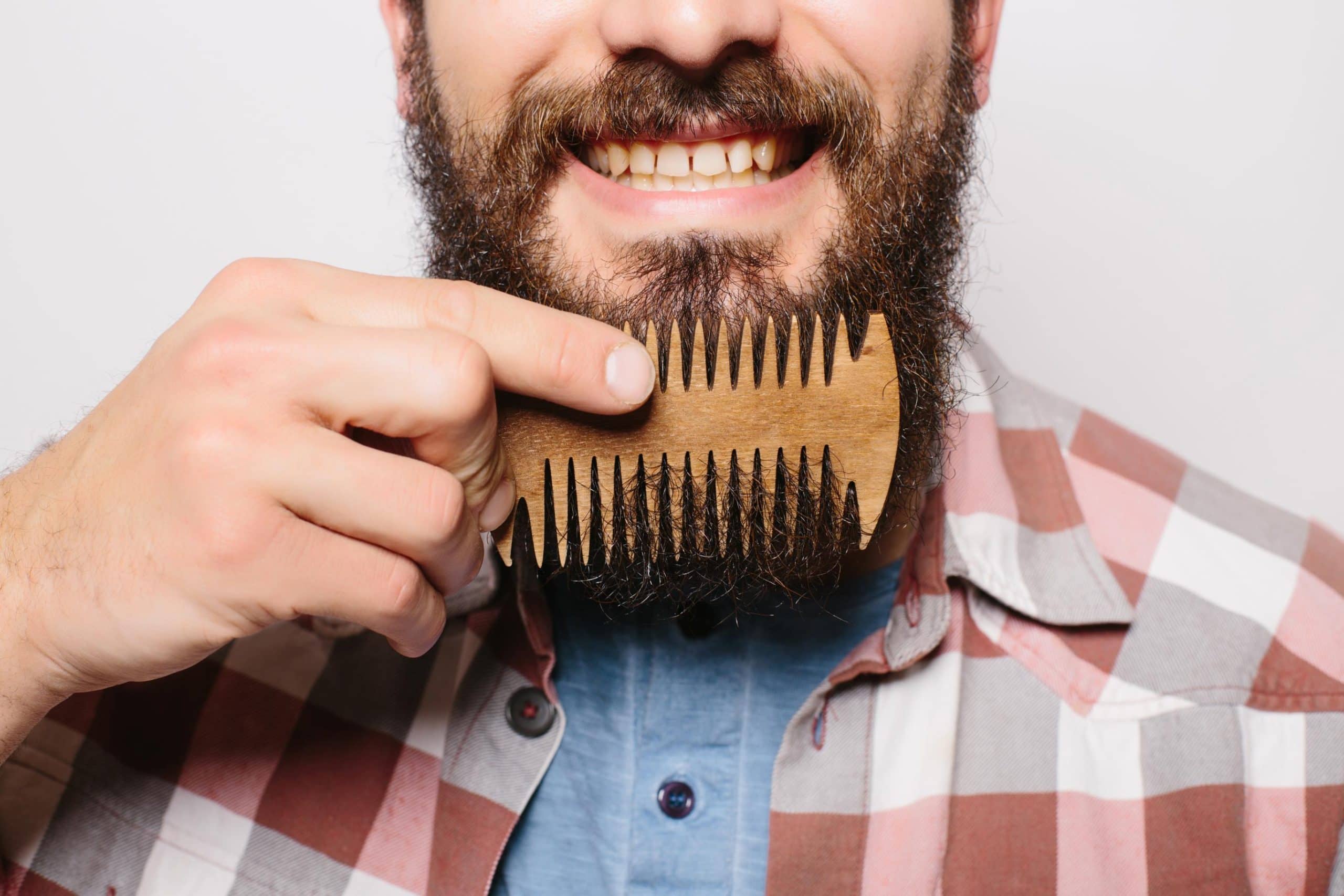
Having a long, glorious beard is a symbol of pride and masculinity. However, maintaining its health and appearance requires diligent care. One essential tool in your grooming arsenal is the beard brush. With the right technique and proper use of beard brushes, you can ensure your beard stays lustrous, tangle-free, and healthy. In this comprehensive guide, we’ll walk you through the art of beard brushing, covering everything from choosing the right brush to mastering the brushing routine for your majestic facial mane.
Before diving into beard brushing techniques, it’s important to select the right brush for your long beard. Here are some key factors to consider:
Bristle Type: Opt for a high-quality beard brush with natural bristles, such as boar bristles. These bristles are gentle on the hair and distribute natural oils evenly, promoting healthy beard growth.
Brush Size: The size of the brush should match your beard’s length and density. For longer beards, a larger brush with more bristle coverage will be more effective in reaching all the hairs.
Handle Design: Look for a brush with a comfortable handle that offers a secure grip, making it easier to maneuver through your beard.
Now that you’ve selected the perfect beard brush, it’s time to master the art of beard brushing. Follow these steps to achieve a well-groomed and healthy long beard:
Start with a Clean Beard: Before brushing, make sure your beard is clean and dry. Use a beard shampoo or a mild cleanser to remove dirt and excess oil.
Choose the Right Technique: Hold the beard brush with a relaxed grip and start brushing from the top, moving downward along the grain of your beard. Apply gentle pressure to avoid discomfort or hair breakage.
Be Mindful of Knots and Tangles: Long beards are prone to knots and tangles. When encountering a knot, gently work through it using short strokes with the brush. Avoid pulling or tugging forcefully, as it can lead to hair breakage.
Brush in Sections: Divide your beard into sections and brush each section separately. This ensures that you reach every hair and distribute natural oils evenly. Start from one side and gradually move to the other, covering the entire beard.
Utilize Beard Oil or Balm: Apply a few drops of beard oil or balm onto your hands and rub them together. Then, run your fingers through your beard to coat the hair evenly. This will enhance softness and provide additional protection against dryness and frizz.
To maintain a healthy and well-groomed long beard, consistency is key. Establish a regular beard brushing routine by following these tips:
Daily Brushing: Brush your beard at least once a day to remove tangles, distribute natural oils, and stimulate blood flow to the hair follicles.
Nighttime Brushing: Before going to bed, give your beard a thorough brushing to detangle any knots that may have formed during the day. This will prevent further tangling while you sleep.
Avoid Over-Brushing: While regular brushing is beneficial, over-brushing can strip away natural oils and lead to hair breakage. Find a balance that suits your beard’s needs.
With the right beard brush and proper brushing technique, you can maintain a healthy, well-groomed long beard that turns heads wherever you go. Remember to choose a brush that suits your beard’s length and density, and establish a consistent brushing routine. By incorporating these tips into your beard care regimen, you’ll be well on your way to achieving beard greatness and showcasing a beard that truly reflects your personality and style. Happy brushing!
Main photo: Diana.grytsku/freepik.com
Sponsored text